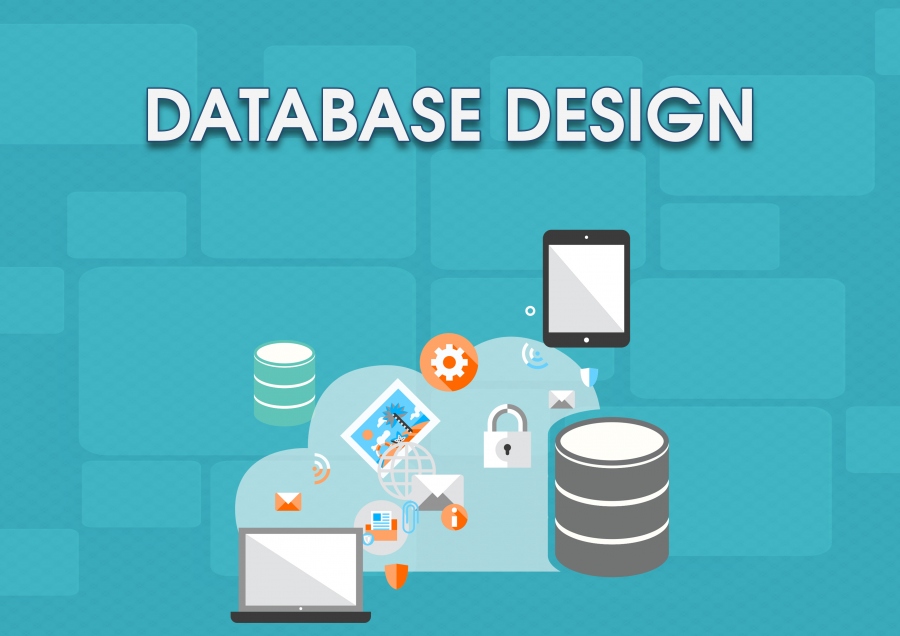The world thrives on data, and there is no shortage of data sources today. Every company generates unbelievably large amounts of data every day and uses the same in different ways and for different purposes. From marketing and lead generation to actual sales and after sales services, data is used for various business operations. A robust database system is thus critical for the storing, management and upkeep of data.
The database administration department of a company is usually responsible for managing and maintaining the database, but most companies prefer to hire the services of a database consulting firm as it is a cost-effective alternative to building an in-house team. These services provide expert assistance when it comes to the management and maintenance of database systems, and they also offer consultation to businesses that are building their first database.
A hired database administrator and consultant does a lot more than that. Here, we are going to discuss what such a professional can do when a company goes through a complete database overhaul.
Requirement Analysis
Before designing or redesigning the administrative structure for running and analyzing a database, the administrator needs to understand and recognize the uses this data would have for the company. Imposing a generic database management system might not fully deliver all the expected outcomes. So, it is compulsory to analyze what the business goals are and what role data will play in realizing the same. For example, let’s say a shoe manufacturer keeps records of the names, addresses and phone numbers of customers that buy shoes from its retail outlets. However, if the company later wants to analyze the different tastes and preferences of its male and female customers, the data about sex (and maybe age) of the customer will be necessary.
The rules of Updating a Database
A database needs to regular updates or else it loses its relevance and utility. A company that needs to stay in touch with its customers for an extended period would require an inbuilt process which updates the collected data from time to time. For instance, banks often use push notifications through text messages and emails requesting customers to update their contact details. They build this feature into all the modes of communication that the customer uses to communicate with the bank such as application forms, ATM screens, or even text messages.
Documentation and Training
While an external agency might do database consulting for a business, it is essential to keep all processes well documented for easy reference, and also train the company’s employees regularly so that they can be aware of what they can do in an emergency. Let’s take the earlier example of the shoe company. If the database is redesigned to include fields for sex and age of the purchaser, the reasons for it must be explained to the employees of the retail outlets, especially the billing clerk so that he does not forget to input the required information while creating the invoice.
Once these three elements are taken care of, the redesigned database management system would actually fulfill the needs due to which the redesign was required in the first place.
